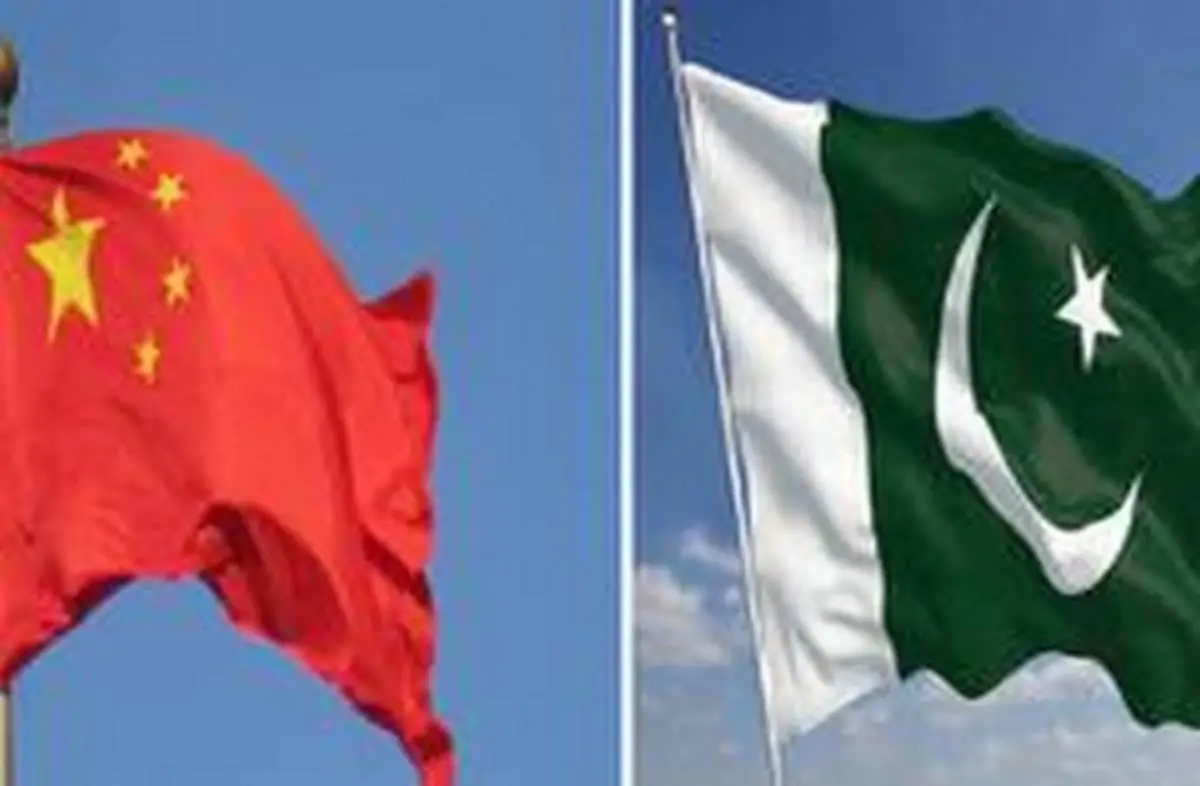US Flags China As India’s Primary Threat, Pak A Secondary Concern
India-West News Desk
NEW DELHI — Despite renewed hostilities along the western border, China remains India’s principal security challenge, while Pakistan is viewed as a secondary threat, according to a new report by the United States Defence Intelligence Agency. The assessment, presented recently to the U.S. House of Representatives, underlines China’s enduring strategic competition with India, even as Pakistan continues to modernize its military in response to what it perceives as an “existential threat” from New Delhi.
The report highlights Pakistan’s ongoing efforts to enhance its military capabilities—including the development of tactical nuclear weapons—as a counterbalance to India’s conventional superiority. It also references the April terrorist attack in Jammu and Kashmir’s Pahalgam region, which triggered a sharp escalation in Indo-Pak tensions.
In retaliation for the Pahalgam carnage, India reportedly launched missile strikes targeting terrorist infrastructure across the border. The situation quickly intensified, with both sides engaging in missile exchanges, drone assaults, loitering munitions strikes, and heavy artillery fire between May 7 and 10. The hostilities eventually subsided following a mutual agreement on a ceasefire.
The DIA report notes that Prime Minister Narendra Modi’s defense strategy is likely to emphasize global leadership, bolstering India’s military strength, and pushing back against Chinese assertiveness. India is expected to continue expanding its domestic defense manufacturing under the “Made in India” initiative to reduce reliance on foreign suppliers.
On the eastern front, the DIA report reflects ongoing concerns over China. It notes that while the disengagement agreement in October 2024 helped ease tensions following the deadly 2020 clash in the Galwan Valley, it failed to resolve deeper border disputes.
To counter Beijing’s growing influence, the report observes, India is strengthening regional defence ties, particularly in the Indian Ocean and Indo-Pacific regions. This includes expanded trilateral cooperation, increased joint military exercises, arms transfers, and intelligence-sharing arrangements.
India’s evolving defense posture, both regionally and globally, signals its intent to assert itself as a key strategic player amid shifting geopolitical currents.





Daljit Singh
/
Drone production is a critical issue for the Indian strategic plan. It needs not only more sophisticated and advanced drones than it possesses now, but it should also plan to have a massive stockpile of drones to meet the combined threat of China and Pakistan. Any future confrontation with Pakistan will require a trained team of on-ground pilots and supporting human resources.
May 28, 2025